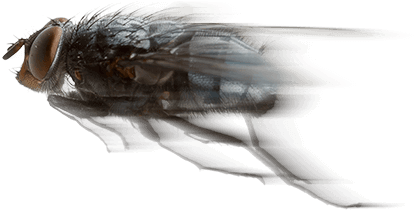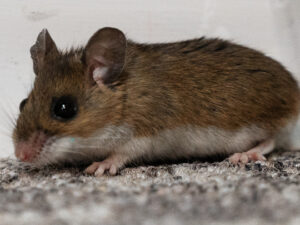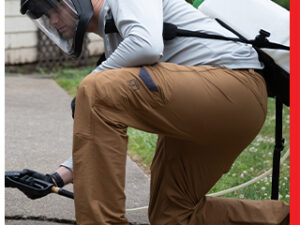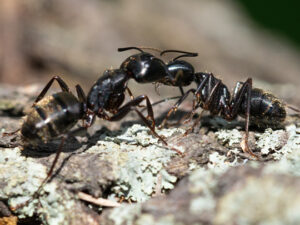
Many insect pests in New York state are known for invading homes in order to locate easily accessible food sources. Insect pests like ants, cockroaches, wasps, flies, and certain beetle and moth species are the most common food-seeking insect pests of homes. Adult female flies can become a nuisance when they congregate on outdoor sources of organic waste, such as rotting food in garbage receptacles, beverage residue in bottles and recycle bins, rotting lawn waste, and compost piles. However, house flies, fruit flies, drain flies, phorid flies, and many other fly pests often establish a reproductive population within homes after finding indoor sources of organic waste, which include food debris that has collected beneath appliances, food in wastebaskets, dirty dishes piled in sinks, and food-scum in drains, especially garbage disposals.
Adult female flies lay their eggs on microbe-rich sources of filth in order to provide their larval offspring with an abundance of nutritious organic matter to consume after hatching. Much like flies, cockroaches also feed on organic waste, but cockroaches are notable for readily eating any waste material that can fit into their mouthparts. Cockroaches will eat any stored food item that they can access, and while they frequently infest bags of pet food, they typically make due with the food crumbs humans drop on the ground. Since cockroaches have poor eyesight, they rely on tactile contact with walls in order to navigate their way to pre-established food sources. If cockroaches encounter new and unfamiliar bait stations along their foraging path, they may avoid consuming the poisoned contents until they become used to the bait station’s presence in the environment.
Despite being sophisticated enough to discern between suspicious and possibly harmful food sources, cockroaches will not hesitate to eat materials that offer little or no nutritional benefit, including soap, glue, and toothpaste. However, their enthusiasm for consuming dead skin, paper, excrement, rotting carcasses, hair and fingernail clippings is perfectly reasonable since these materials contain nutrients that cockroaches need to survive. Unsurprisingly, both cockroach and fly pests acquire numerous disease-causing pathogens from their favored food sources, and these pathogens contaminate every indoor surface and human food source with which the pests make contact.
Have you ever experienced a dual fly and cockroach infestation?












